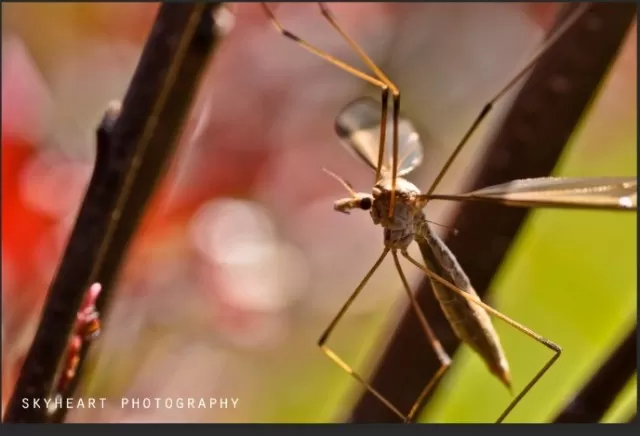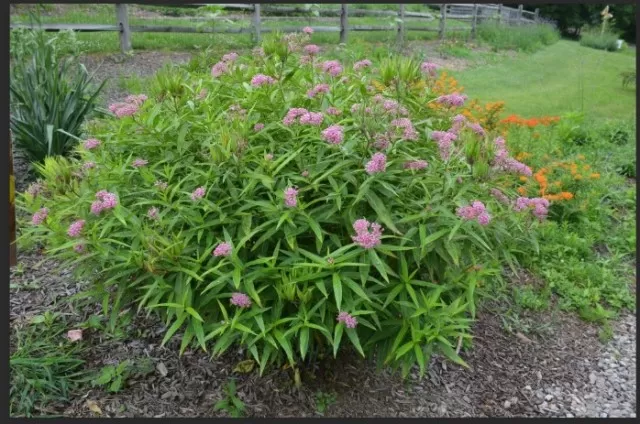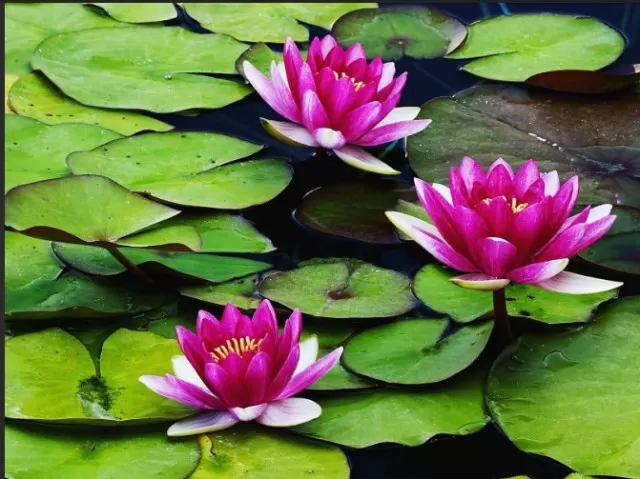Dragonfly-Friendly Plants: Alluring Choices. To reclaim your outdoor sanctuary from the relentless buzz of mosquitoes, embrace the power of nature’s own defenders.
By attracting specific birds and insects to your space, you can create a harmonious ecosystem that naturally keeps these pesky intruders in check. By welcoming these nature-inspired mosquito controllers into your outdoor haven, you’re fostering a symbiotic relationship that benefits both your surroundings and the ecosystem at large. The result is not only a mosquito-free oasis but also a flourishing ecosystem where the delicate balance of nature thrives.
Embrace the “Mosquito Hawk”: Your Ally in Natural Pest Control

With their graceful and vibrant wings, coupled with their agile mid-air maneuvers, dragonflies (Anisoptera) possess an almost magical allure.
Yet, amidst the enchantment lies an undeniable truth: These remarkable insects can consume as many as 100 mosquitoes per day. Introducing dragonflies to your garden can prove to be an effective strategy in curbing the bothersome mosquito population.
Unlike their nectar-seeking counterparts such as butterflies and bees, dragonflies exhibit a carnivorous appetite. However, alluring these captivating creatures requires a more nuanced approach beyond simply planting fragrant blossoms.
The key to beckoning dragonflies into your Outdoor Spaces lies in creating an environment that aligns with their breeding, hunting, and leisurely habits—only specific flora can accomplish this task.
Delve into the details to discover how you can craft a haven for dragonflies, fostering an ecosystem that not only keeps mosquito numbers in check but also manages populations of mayflies, midges, ants, and various other pests that inhabit your property. Imagine the tale of a harmonious coexistence, where dragonflies play the heroic role in your pest control narrative, leading to a happily-ever-after scenario for both your garden and your peace of mind.
Cultivating a Dragonfly Haven with Fanwort
Dragonflies, those captivating aerial predators, have a peculiar affinity for water.
Their life cycle revolves around aquatic habitats, and water plays an essential role in their transformation from nymphs to fully-fledged adults. If your surroundings include damp soil or a serene backyard pond, strategic planting can play a pivotal role in nurturing a battalion of these remarkable insects, often affectionately referred to as the “mosquito hawk. “.
During their reproductive journey, female dragonflies lay their precious eggs upon the stems and beneath the leaves of the fanwort (Cabomba caroliniana), an enduring aquatic perennial.
This plant thrives while being fully submerged, with the exception of its delicate, fan-like flowers that gracefully drift upon the water’s surface, displaying hues of white, yellow, or purple. The fanwort stands as a resilient and rapid-growing botanical specimen, favoring warmer temperatures and a generous dose of partial sunlight.
By introducing this hardy aquatic plant into your water ecosystem, you not only create an inviting habitat for dragonflies to lay their eggs but also contribute to the flourishing interplay of nature’s elements in your outdoor sanctuary.
Enhancing Dragonfly Abodes with Swamp Milkweed

Embrace the allure of dragonflies in your outdoor haven by cultivating an environment they’ll find irresistible.
One key player in this effort is the charming Swamp Milkweed (Asclepias incarnata), a plant that flourishes in the embrace of moist soil and abundant sunlight. To create a thriving habitat for these mesmerizing insects, consider planting this botanical gem during the spring or fall, leaving around 30 to 36 inches of space between each plant.
As time passes, you’ll witness these milkweed clumps expanding and intertwining, ultimately creating a lush and inviting landscape.
Swamp Milkweed, an herbaceous perennial, does more than just elevate the aesthetics of your surroundings.
It boasts a unique partnership with the majestic Monarch butterfly, making it a valuable asset to biodiversity. The blooms of this milkweed variety, characterized by their delicate white and pink hues, add a touch of elegance to any dragonfly breeding ground.
The plant’s long stalks offer the perfect resting spots for these airborne wonders, allowing them to perch and survey their territory with ease.
As you nurture the growth of Swamp Milkweed within your ecosystem, you’re not only fostering a nurturing environment for dragonflies but also contributing to the conservation of vital species like the Monarch butterfly.
This harmonious blend of nature’s intricate relationships showcases the beauty and interconnectedness of the world around us.
Fostering Dragonfly Haven with Arrowhead, Nature\’s Water Ally
Step into the world of dragonflies and discover a partner in the vibrant arrowhead plant, scientifically known as Sagittaria latifolia and colloquially referred to as “duck-potato.
” This aquatic marvel stands as an uncomplicated and nurturing choice for your outdoor oasis, offering a sanctuary that these mesmerizing insects will eagerly call home. The arrowhead plant, a hardy perennial, emerges above the water’s surface, creating an ideal and flourishing nursery for dragonflies to thrive.
Resilient and adaptable, the arrowhead plant has the remarkable ability to flourish across diverse landscapes, including regions enduring harsh winters.
Its resilience is further demonstrated through its tolerance of a wide spectrum of light conditions, from the brilliance of full sun to the gentle embrace of partial sunlight. Adorned with leaves shaped like hearts, this aquatic gem presents a picturesque spectacle as it graces your waterscape.
Throughout the summer months, its white blossoms delicately unfold, adding an exquisite touch to the tapestry of your garden.
To ensure optimal growth and an enchanting dragonfly haven, consider obtaining a live arrowhead plant and gently nestling it within shallow water or moist wetland soil.
This strategic placement allows the plant to establish its roots and create an inviting environment that beckons dragonflies to explore, rest, and propagate. By incorporating the arrowhead plant into your aquatic landscape, you’re weaving together a tale of harmonious coexistence, where the whimsical flight of dragonflies and the elegance of nature’s design converge in a breathtaking display.
Enchanting Dragonfly Havens with Water Lilies: An Artful Symphony

Cast your gaze upon the serene canvas of aquatic beauty and find yourself in the midst of an artistic wonder, much like the renowned Monet.
Among nature’s most captivating creations, water lilies, members of the Nymphaeaceae family, hold a unique enchantment as they extend an open invitation for dragonflies to partake in their mesmerizing world. These quintessential aquatic plants offer more than meets the eye, providing a serene haven for dragonfly eggs and a nurturing sanctuary for their maturing nymphs.
Embracing the versatility of water lilies, you’ll find these botanical gems at home in a diverse range of aquatic landscapes—a pond, a pool, or even a generously sized tub can serve as their abode.
The sheer variety of water lily species ensures a harmonious coexistence with your climate, allowing you to experience the splendor of large, vibrant blooms gracing your outdoor sanctuary.
For those who seek the allure of water lilies within containers, a delicate choreography unveils itself.
Plant the tubers within the soil, tucking them gently within. Add a touch of gravel, creating a picturesque aquatic tableau within a shallow container.
Now, place this artful composition within a larger vessel, one brimming with water, allowing the water lilies to thrive as they send their tendrils to embrace the liquid realm.
With water lilies as the focal point, your garden becomes a stage where dragonflies perform their mesmerizing aerial ballet, while the delicate blooms of these aquatic wonders add a touch of elegance to your outdoor tableau.
The union of water lilies and dragonflies dances to the rhythm of nature’s symphony, creating an ever-evolving masterpiece that captures the essence of beauty and balance.
*The information is for reference only.